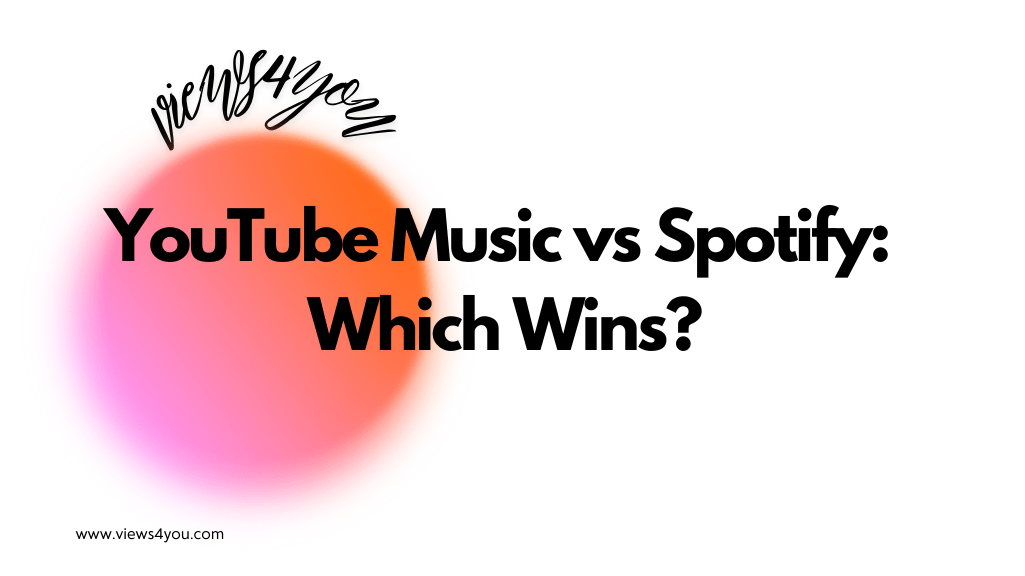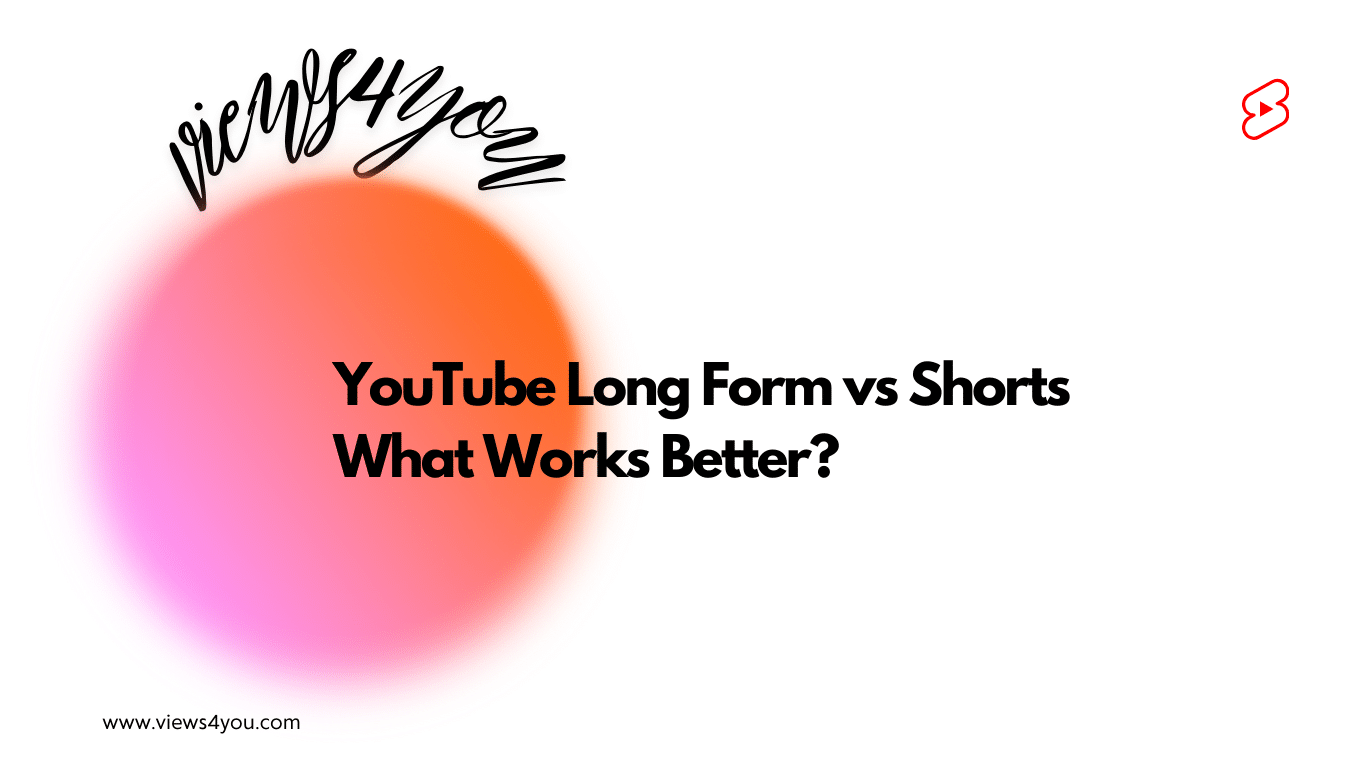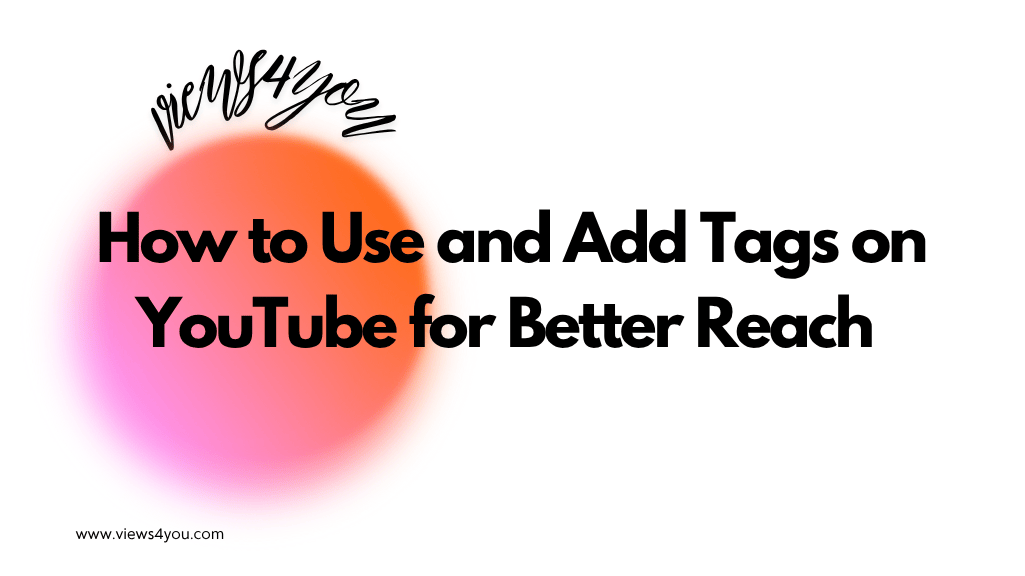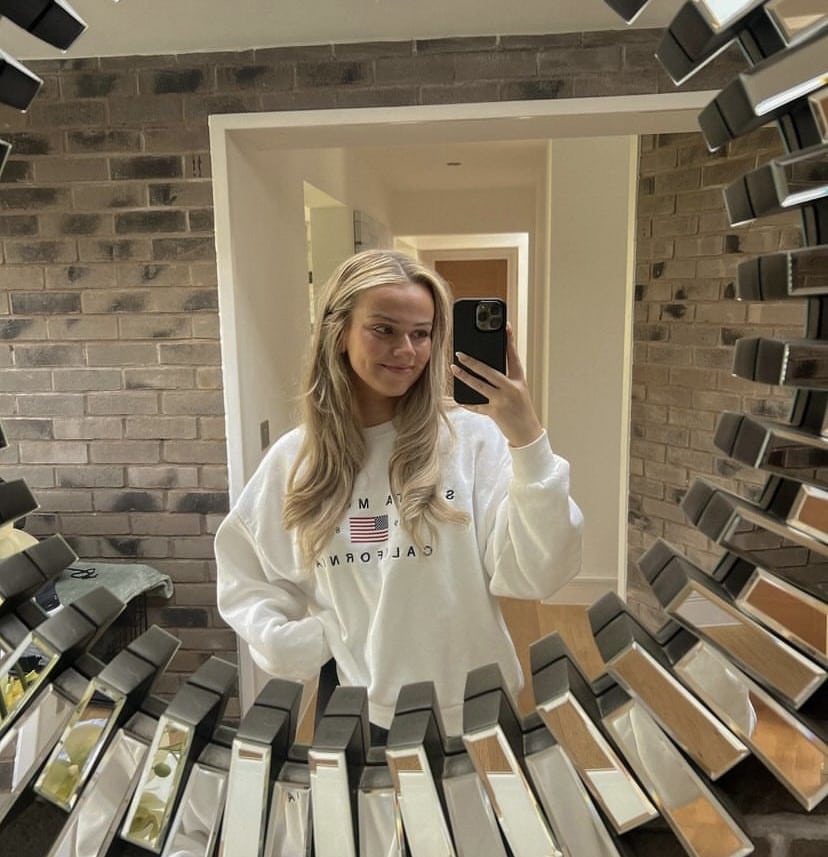The YouTube algorithm in 2025 prioritizes viewer retention, satisfaction, and engagement rather than just watch time. Recent updates focus on highly personalized recommendations and reward creators who build loyal, interactive audiences.
Every year, creators speculate about YouTube’s algorithm. One small change can send views soaring or cause them to drop overnight. By 2025, the same question has returned louder than ever: did YouTube change their algorithm?
The short answer is no dramatic overhaul, but the platform has quietly adjusted its signals. These refinements affect how content is ranked, discovered, and recommended. For viewers, this means smarter suggestions. For creators, it means a sharper demand to focus on quality, retention, and meaningful engagement.
A Quick Evolution of the YouTube Algorithm
The YouTube algorithm has never stood still. What began as a simple click-driven system has transformed into one of the most complex recommendation engines in the world. To understand 2025, you need to see how it evolved.
In its earliest days, YouTube rewarded clicks. Thumbnails and titles that lured people in were enough to win. This quickly led to clickbait. Creators who mastered curiosity gaps thrived, but viewers often left disappointed.
In 2012, YouTube changed course by rewarding watch time. The longer people stayed, the more the video spread. At first, this encouraged creators to produce in-depth content. But soon, problems arose: low-value long uploads and view-botting.
So, YouTube added new layers. Surveys began asking users if they were satisfied. AI models tracked what kinds of videos actually kept people coming back. Over time, the focus shifted away from popularity toward personalized satisfaction. Instead of showing what everyone else was watching, the algorithm started predicting what you wanted to watch next.
That foundation is still alive today. The difference in 2025 is which signals are weighted most heavily and how personalization has deepened.
How the Algorithm Operates in 2025
The YouTube algorithm is best thought of as a two-step process. First, it judges each video’s performance. Then, it decides which users to match that video with.
Unlike in the past, this process is no longer dominated by sheer numbers. Instead, it’s about proving real value to viewers. The algorithm is designed to maximize satisfaction, not just clicks.
What carries weight in 2025:
- Retention and Completion: A 10-minute video watched to the end is more valuable than a 30-minute video abandoned halfway.
- Engagement: Likes, comments, and shares tell YouTube a video isn’t just watched but appreciated.
- Viewer Feedback: “Not interested” signals and surveys matter more than ever.
- History and Behavior: Recommendations are based on what each user has enjoyed before.
- Contextual Factors: Language, location, and even time of day shape what appears.
This means two creators with similar videos can see very different results depending on how their audience interacts with them.
Where Your Videos Can Appear
For creators, it’s crucial to understand where the algorithm surfaces content. These are the spaces that decide whether a video thrives or disappears.
1. Home Feed
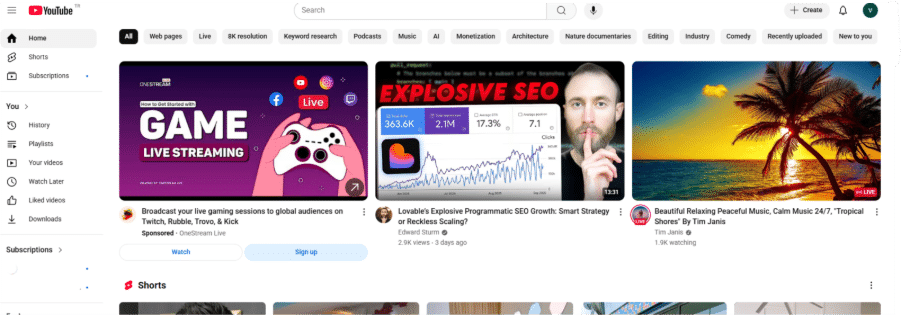
When a viewer opens YouTube, the homepage is the first battlefield. It is personalized, drawing from a user’s history, subscriptions, and trending interests. Appearing here signals to YouTube that your content is part of someone’s regular routine. Consistency and long-term trust help creators win this spot.
2. Suggested Videos
Suggested videos, those thumbnails on the right-hand side of a currently playing video, are often where discovery happens. YouTube looks at relationships between videos: which topics are connected, which audiences overlap, and which styles encourage continued viewing.
For creators, this is an opportunity to ride alongside competitors. Study what appears beside the leaders in your niche. If you can offer a fresh take, your video might be the next suggested click.
3. Search Results
Search is where YouTube combines intent with performance. Keywords still matter, but no longer enough on their own. YouTube looks at click-through rates, retention, and engagement before deciding which video to rank highest.
For creators, this means optimization must go beyond titles and tags. Thumbnails, opening hooks, and the way your video satisfies a search intent all shape your visibility. YouTube’s search visibility depends not only on keyword relevance but also on how effectively your videos turn appearances into clicks, which is largely influenced by YouTube impressions and click-through rate.
What’s Actually Changed in 2025
So what’s different this year? YouTube hasn’t rewritten the playbook, but subtle shifts are steering the game in new directions.
Retention now outweighs watch time. The algorithm asks: did viewers stay, and did they want more? This pushes creators to focus on pacing, storytelling, and rewarding the audience quickly.
Personalization is sharper. AI can now tailor feeds more aggressively, showing not just what’s popular, but what matches a person’s micro-habits. Two users searching the same keyword may see entirely different results.
Engagement signals are amplified. A flood of likes, comments, or shares within hours of upload now carries more power. Channels that foster conversation, not just passive views, are climbing faster.
The Path Forward for Creators
So what should you do with this knowledge? The answer is both simple and demanding: stop making videos for the algorithm, start making them for your viewers. The algorithm is only the middleman.
Practical strategies include:
- Focus on your community. Build content that rewards loyal viewers first.
- Structure binge-worthy series. Use playlists to keep viewers on your channel longer.
- Engage actively. Respond to comments, ask questions, and spark discussions.
- Refine your presentation. Thumbnails and titles should invite curiosity without misleading.
- Study patterns. See which of your videos lead viewers to the next and strengthen those pathways.
Creators who combine authenticity with strategy are the ones the algorithm rewards in 2025.
FAQs
What is the YouTube algorithm now?
It’s a recommendation system that scores each video’s performance and then matches it with users who are most likely to enjoy it.
Why isn’t YouTube recommending my content?
Videos may struggle due to low retention, poor click-through rates, or weak relevance. The algorithm needs clear proof that your video is engaging before it spreads it further.
What affects the algorithm most in 2025?
Retention and engagement are the strongest signals. If viewers watch to the end, interact, and return, YouTube interprets that as value worth recommending.
How do I reset my recommendations?
Clear your watch and search history under YouTube settings. Then pause tracking if you want a fresh start with new suggestions.
What are the biggest changes this year?
Retention has overtaken raw watch time, personalization is sharper, and community interaction counts more heavily toward recommendations.


